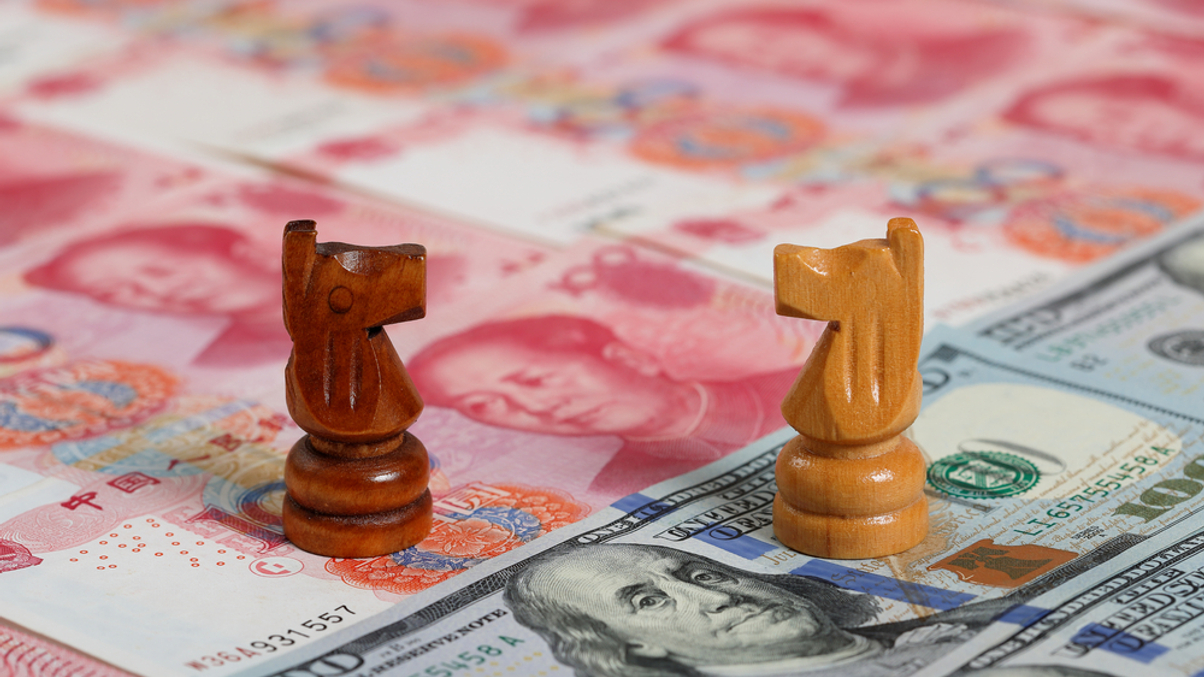Market Views: What are the implications of a weakening Chinese yuan?
After China’s yuan hits a 27-month low, should China watchers be more worried, or is there a calm after the storm?

Last week, China’s onshore and offshore currency weakened past the key level of 7 yuan per US dollar. Although it last happened not long ago in mid-2020, this time the declines are accelerating at a much faster pace since August this year.
Sign In to Your Account
Access Exclusive AsianInvestor Content!
Please sign in to your subscription to unlock full access to our premium AI resources.
Free Registration & 7-Day Trial
Register now to enjoy a 7-day free trial—no registration fees required. Click the link to get started.
Note: This free trial is a one-time offer.
¬ Haymarket Media Limited. All rights reserved.


